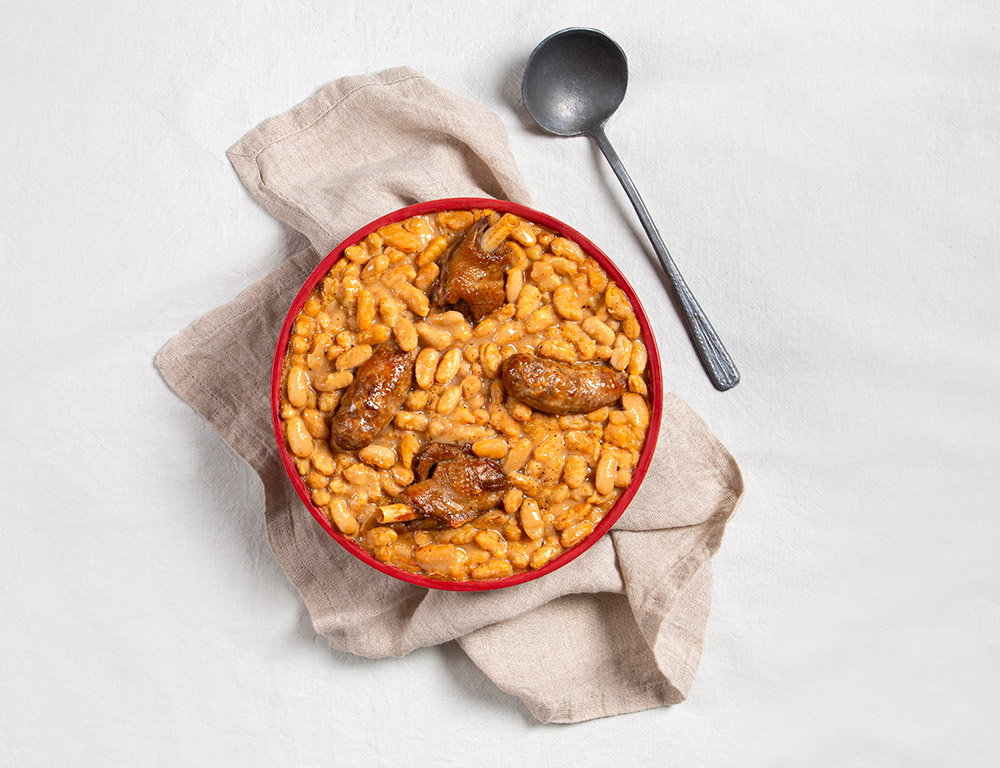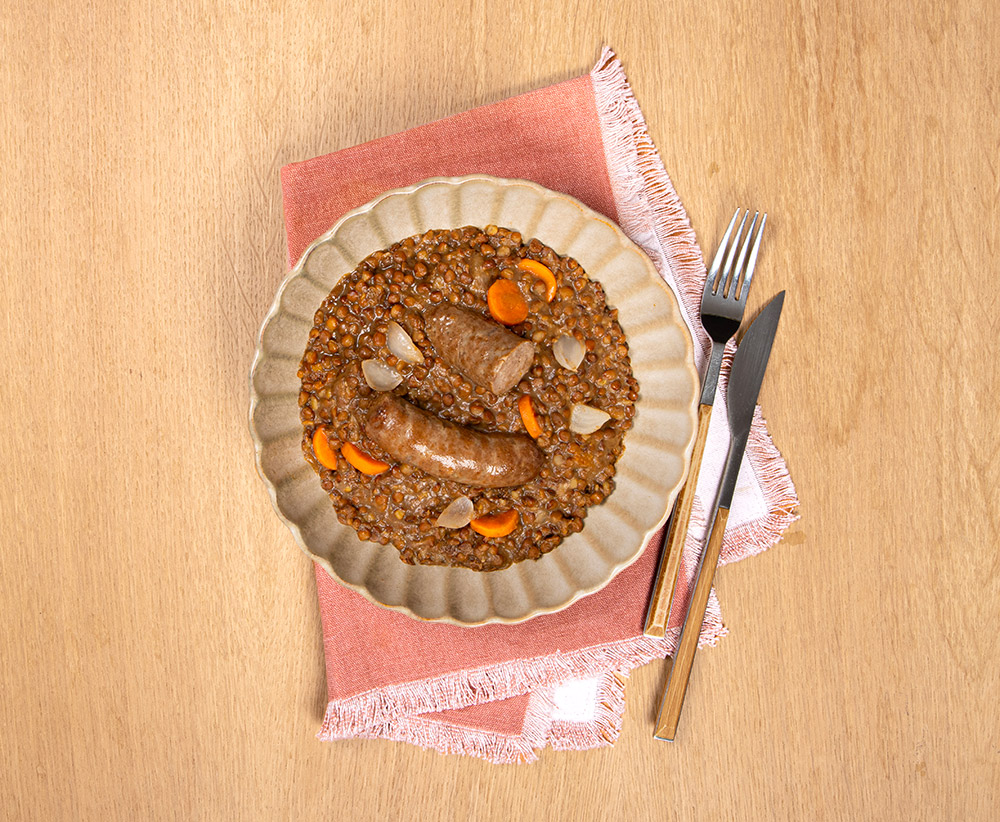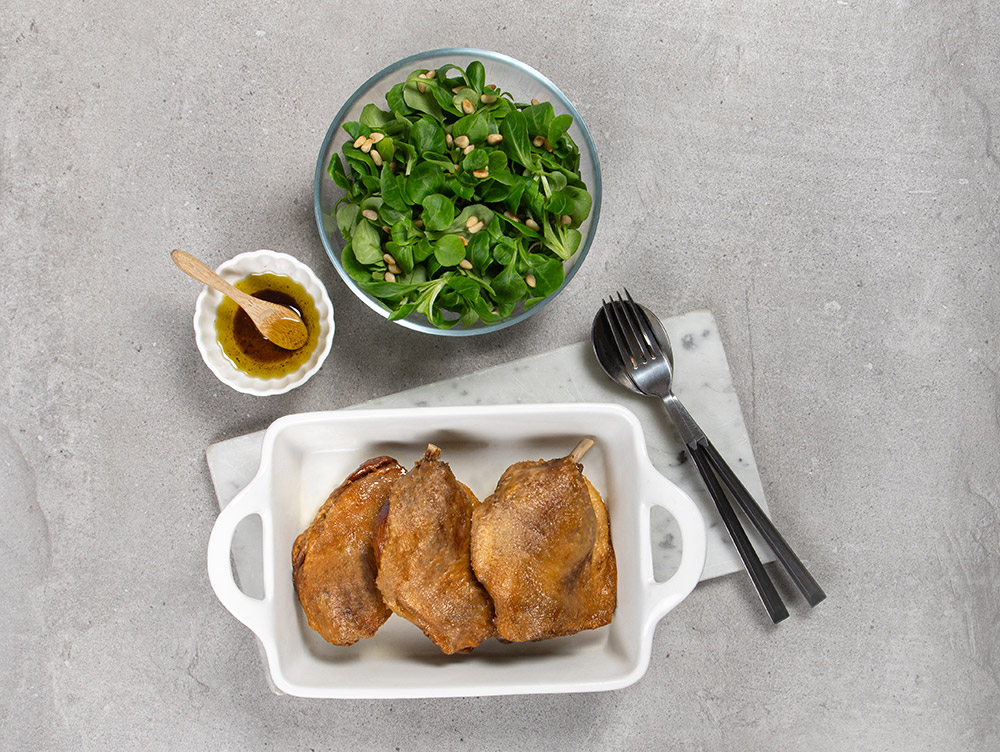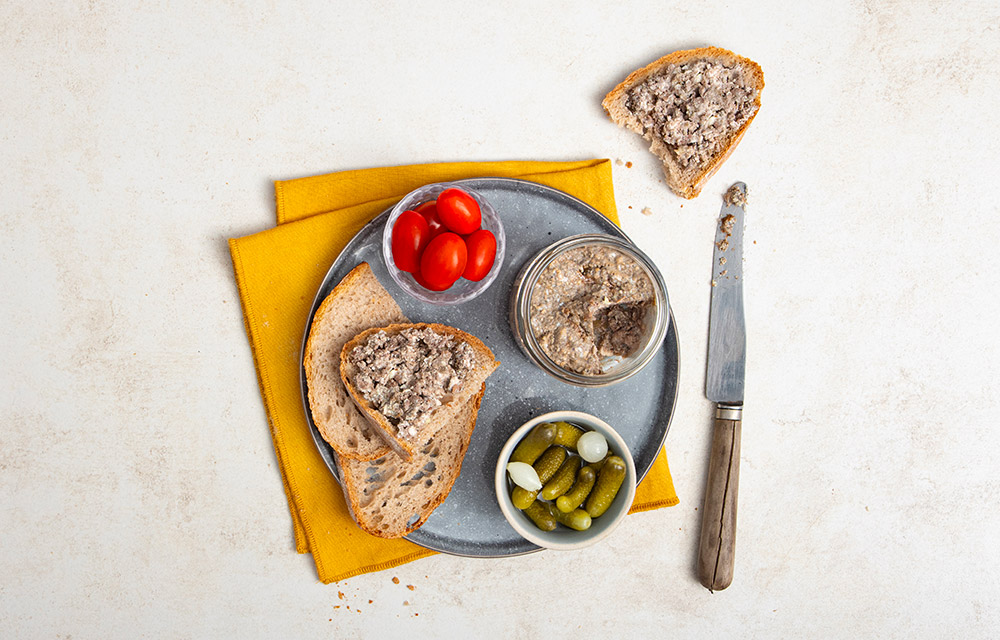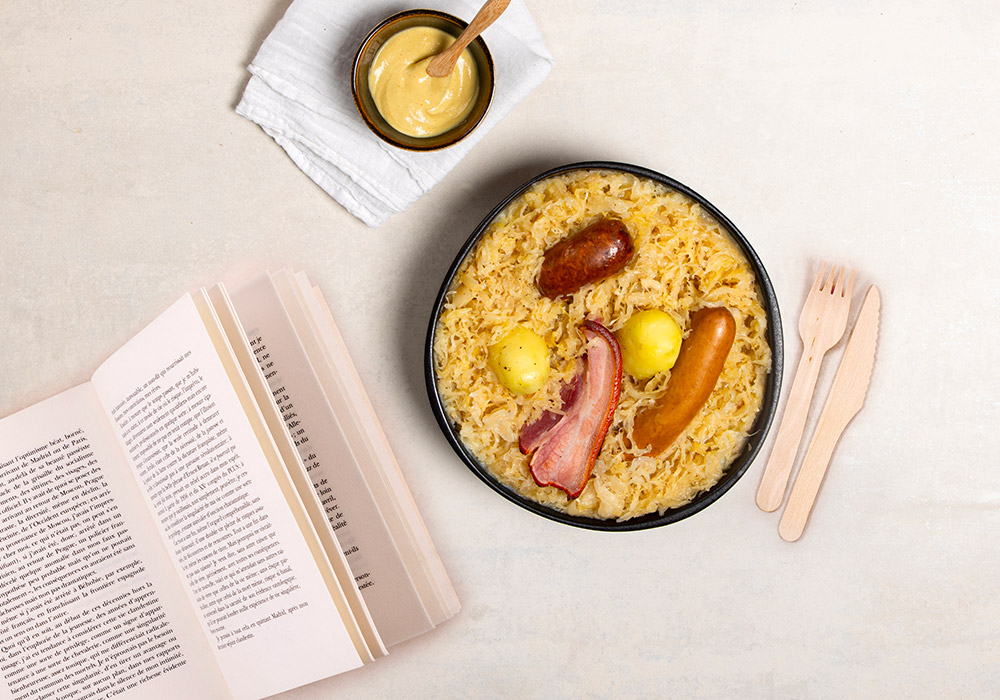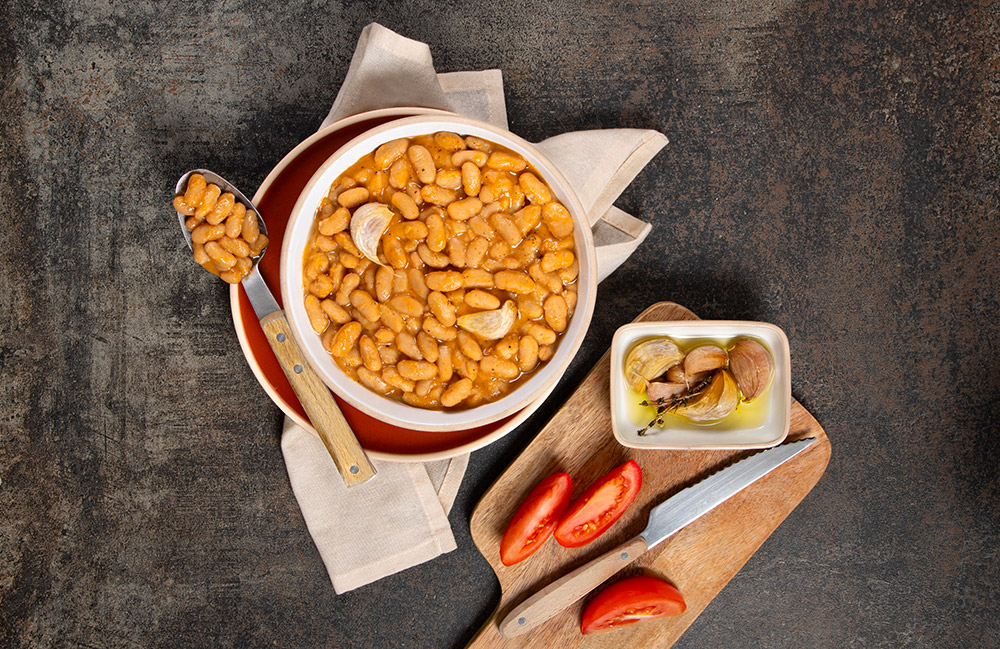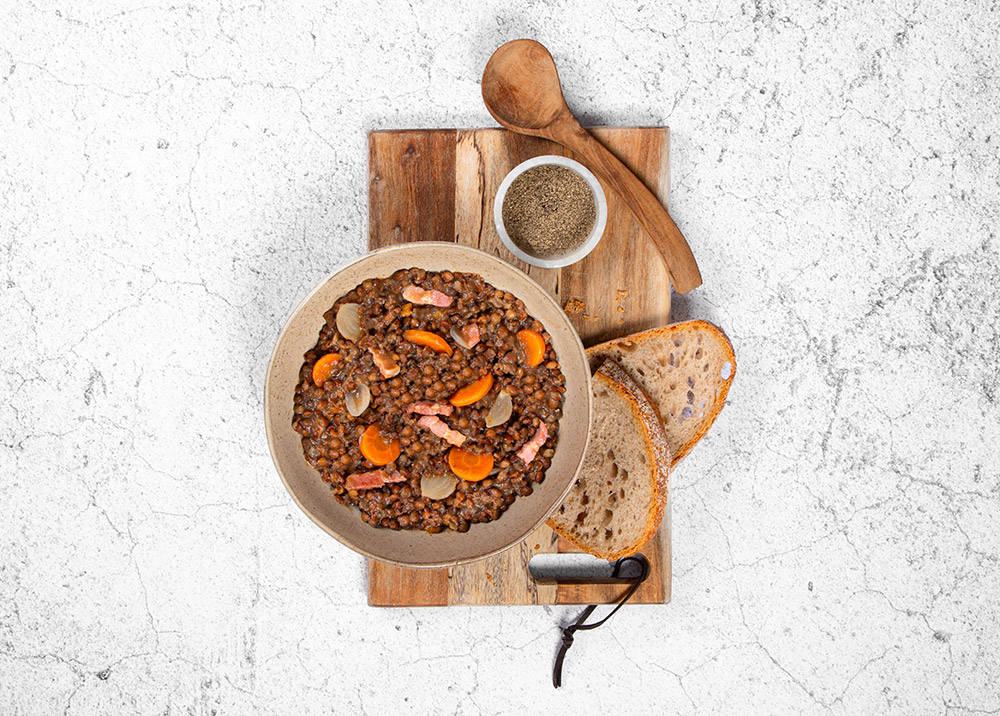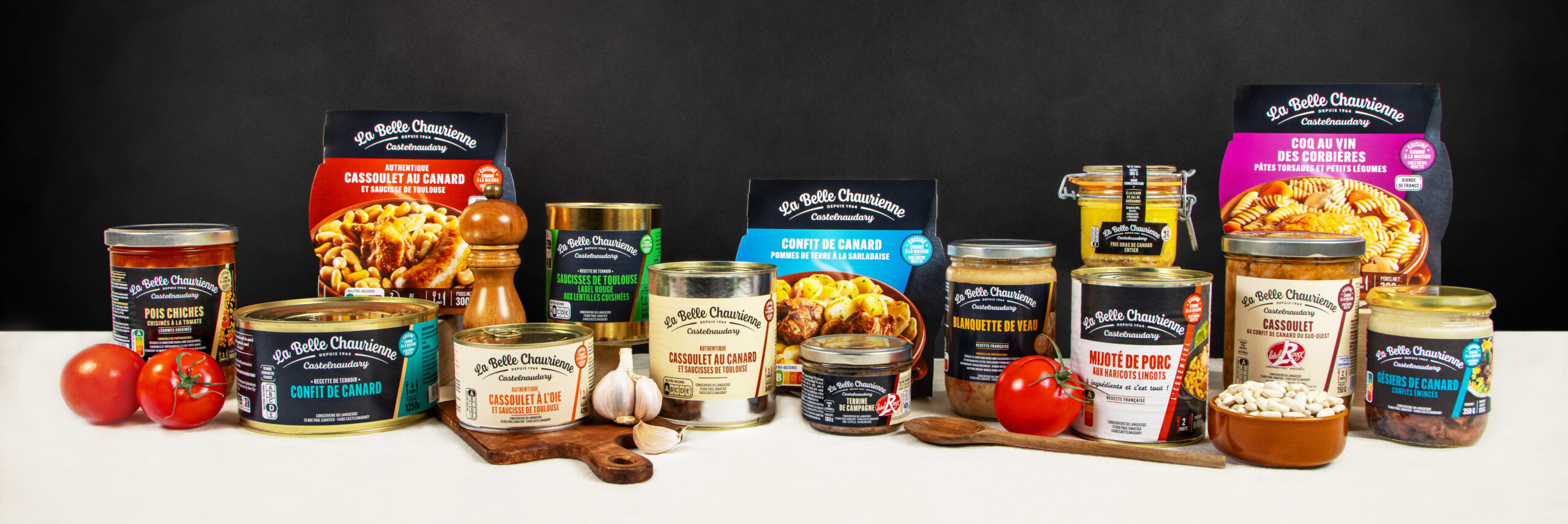ACCUEIL
ACCUEIL
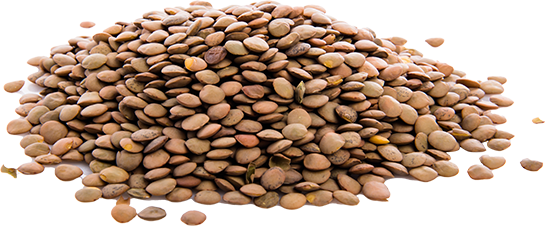
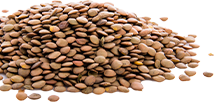
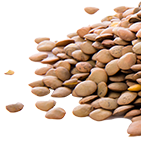
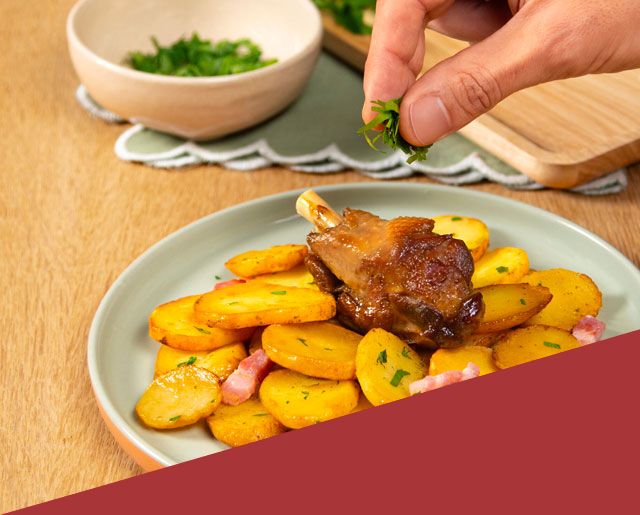
/ découvrons
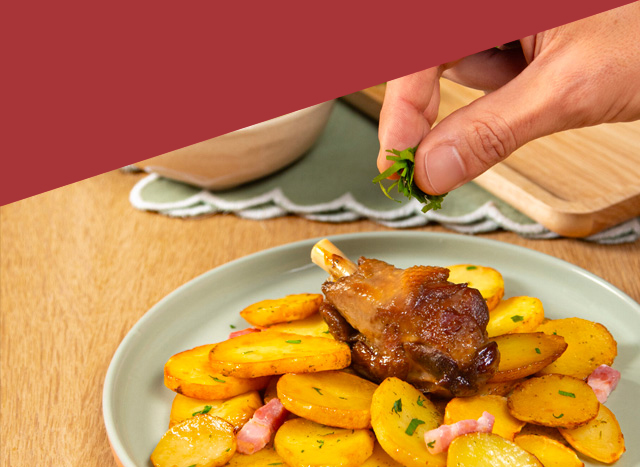

/ partageons

Soyez au courant des dernières actualités
Ne passez pas à côté de nos dernières innovations, soyez informés de nouveaux bons de réduction, soyez les premiers à découvrir les nouvelles recettes ou astuces ! Bref, inscrivez-vous à notre newsletter !
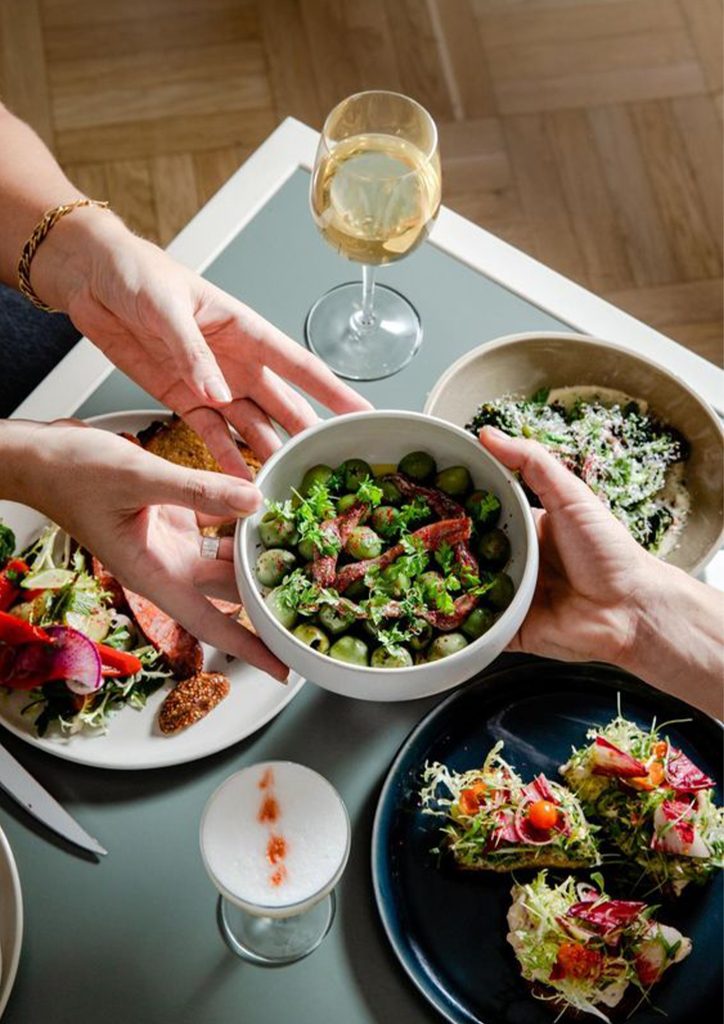
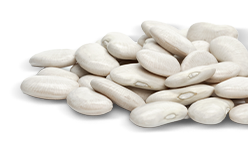
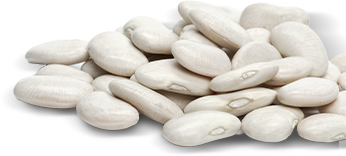
/ échangeons
N’hésitez pas à nous faire parvenir toute remarque ou suggestion en remplissant le formulaire ci-dessous. Votre message sera directement adressé au service concerné qui vous répondra le plus rapidement possible.
* Champs obligatoires
REJOIGNEZ LA COMMUNAUTÉ
REJOIGNEZ LA COMMUNAUTÉ
LE FIL INSTAGRAM @labellechaurienne
LE FIL INSTAGRAM @labellechaurienne

